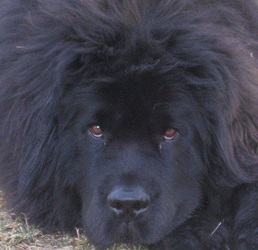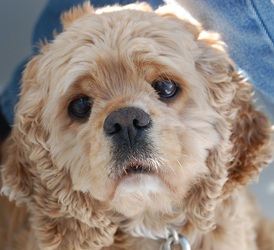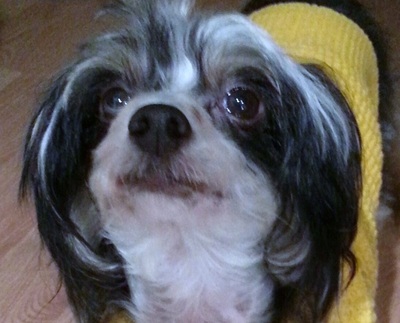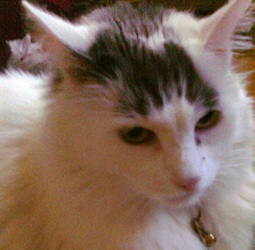- Home
- Tribute
- About Devocalization
- The Bark Softening Lie
- Claims and Facts
- Legislative Loopholes
- Take a Stand!
- Expert Perspectives
- Videos
-
True Stories
- Devocalized: Jaxon's Story
- Devocalized: Piper's Story
- Devocalized: Santi's Story
- Devocalized: Debbie's Story
- Devocalized: Stella's Story
- Devocalized: Lady's Story
- Devocalized: Porter's Story
- Devocalized: Lola's Story
- Devocalized: Duke's Story
- Devocalized: Charlie's Story
- Devocalized: Colby's Story
- Death & Life of a Devocalized Show Dog
- Model Legislation
- State Initiatives
- About Us
- Contact
- Copyright and Disclaimer
Use Your Voice to Protect Theirs
They cough and gag. Suffer heatstroke even when it's not hot. Inhale food, liquids and vomit into their lungs. Struggle to breathe. Choke to death.
These are among the miseries dogs and cats endure after being devocalized, an inhumane veterinary procedure in which vocal cords are cut, clipped or notched to stifle the animal's voice.
Whether instruments are inserted through the open mouth (trivialized by some as "bark softening") or an incision in the neck, regardless of how little vocal cord tissue is cut or the vet's skill, devocalization is always dangerous, never necessary. And it's more common than you may think.
That's because those who have animals devocalized, and the vets who perform it for them, rarely disclose it. They know it's considered cruel--and is easy to conceal. Unlike ears, tails and paws, cut vocal cords are hidden from view.
LIFE-THREATENING RISKS...
Veterinarians board-certified in surgery, anesthesiology and internal medicine say vocal cord surgery is dangerous, potentially lethal, regardless of who performs it or how.
Even a little scar tissue, a normal outcome of any surgery, can be deadly or cause lifelong anguish when it forms in the throat. Other risks include blood loss, infection, and damage to the larynx that can cause inhalation of substances into the lungs, which in turn can result in pneumonia.
...WITHOUT ANY BENEFIT...THE "LAST RESORT" MYTH
When performed as behavior intervention, vocal cord surgery is cruel. Yet some try to sanitize it as a "last resort," a "final alternative" to surrender or euthanasia. That is an indefensible claim that protects human convenience and profit, not animals. Here's the reality:
- No vet can know and some won't ask if the client has pursued all humane options, including responsible care, consistent training, supervision and, if warranted, medication under the guidance of a qualified veterinary behaviorist. It's doubly cruel to ignore an animal's needs--or keep many animals as breeders, hoarders and sled-dog racers do--only to have their vocal cords cut for communicating!
- Shelters and rescue groups say healthy dogs and cats are given up--and euthanized--even after their voices have been surgically stifled.
- No vet is forced to cut healthy vocal cord tissue or kill a healthy animal for barking or meowing.
Vets have a choice. They can say "no" to this cruelty. Animals can't.
That's why Massachusetts banned elective voice-altering surgery on dogs and cats in 2010. It was the first state in the US to do so thanks to the tenacity of humane individuals, including 200 vets, under the umbrella of Coalition to Protect and Rescue Pets, an unfunded, grassroots advocacy group.
In 2014, Coalition to Protect and Rescue Pets led the campaign that made Maryland the second state to protect all its dogs and cats from elective voice-altering surgery. Other state devocalization laws allow and legitimize it--thanks to loopholes advanced by lobbyists for powerful groups with a financial interest in it.
Animal shelters, concerned veterinarians, animal behavior experts and other caring people say vocal cord surgery on dogs and cats should only be allowed to treat a physical ailment, such as cancer.
Any other reason is an act of animal cruelty.
Copyright © 2015 Coalition to Protect and Rescue Pets. All Rights Reserved.





